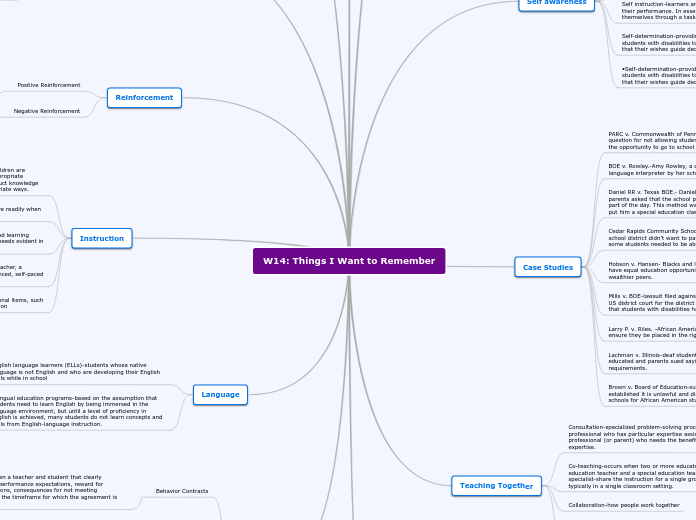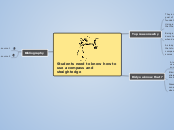af Jenna Scholl 5 år siden
275
Philosophy
Students learning English as a second language often participate in bilingual education programs, which provide a supportive environment for acquiring English proficiency while simultaneously learning other subjects.









